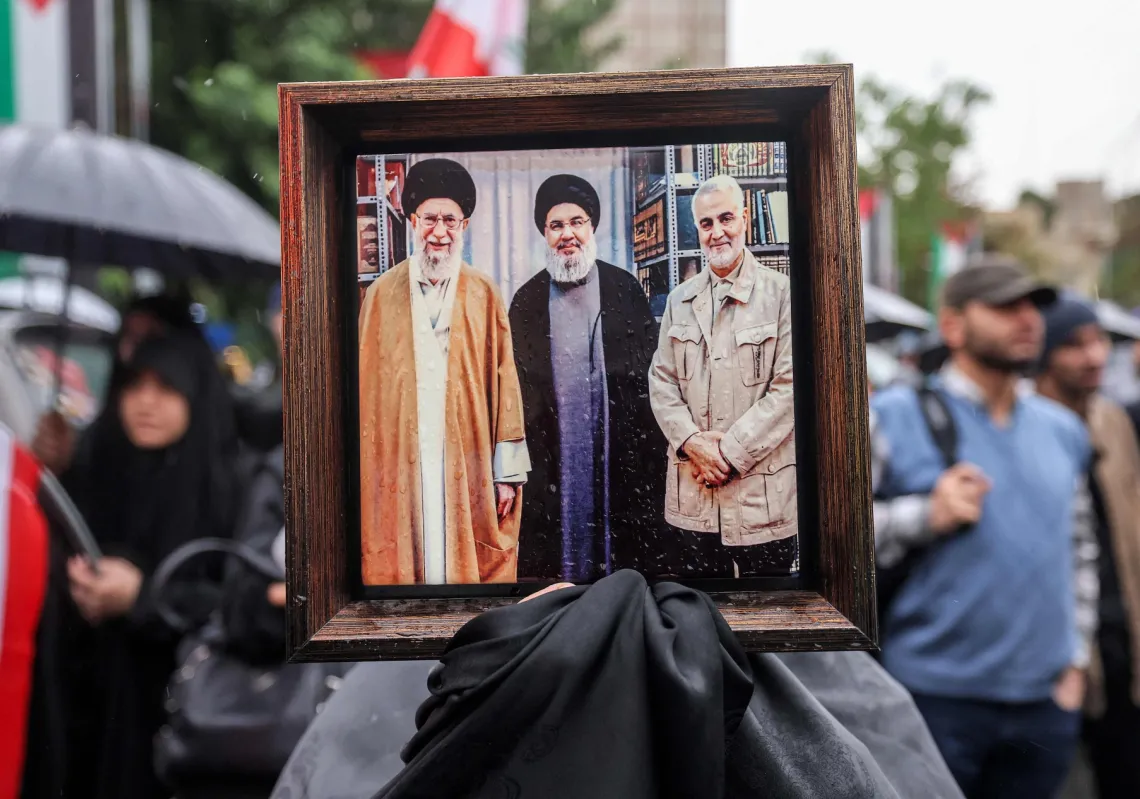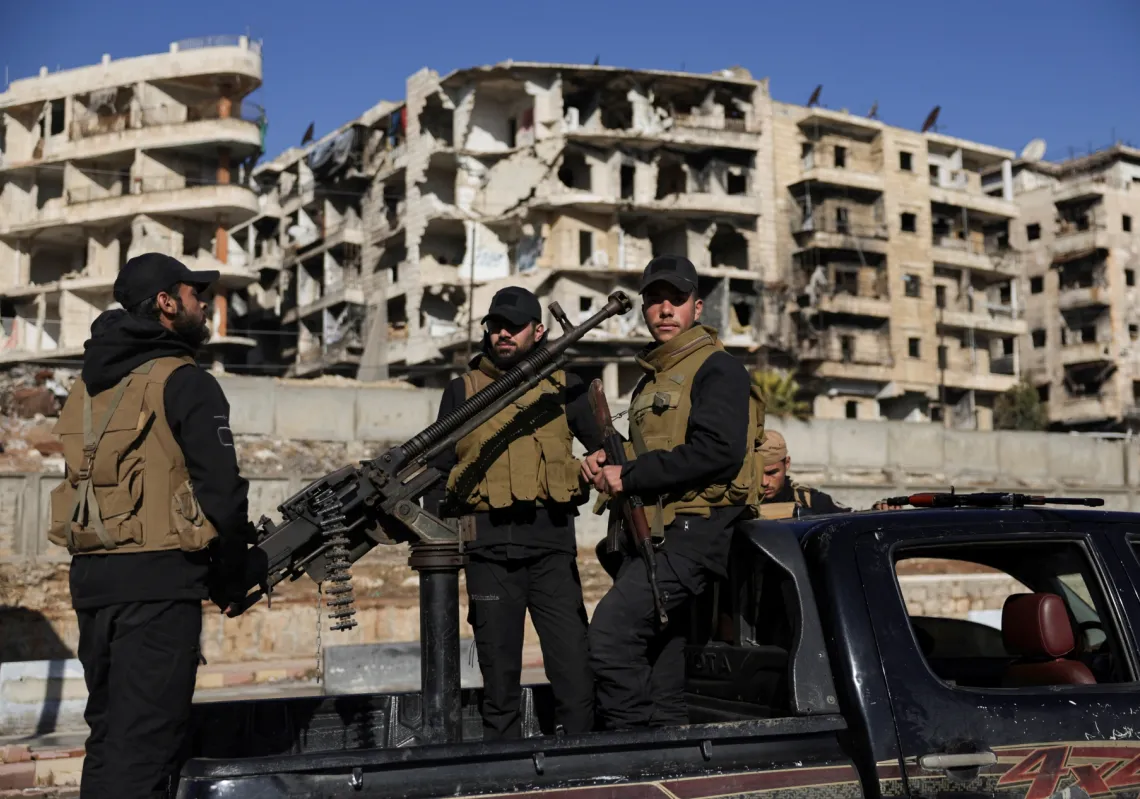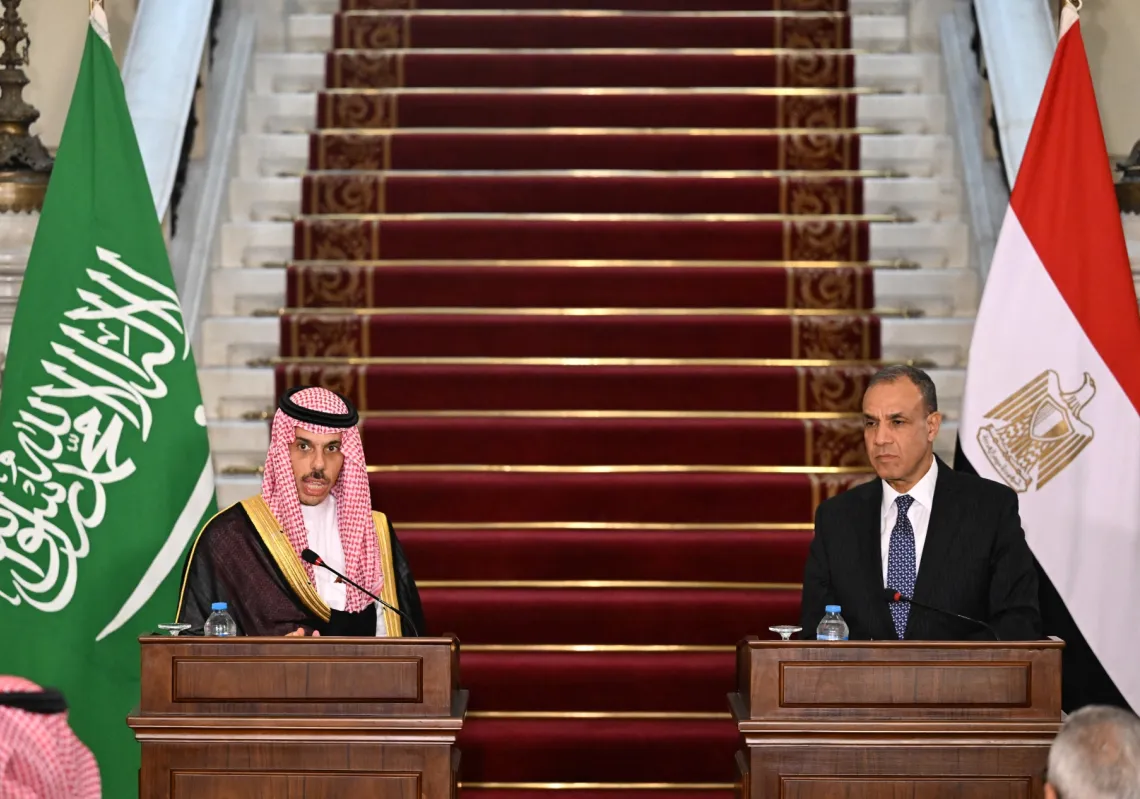The shocking and horrific events in Gaza and Israel have propelled the region into a new, dangerous phase. It remains uncertain how this latest round of violence will end and what the human toll will be.
When dealing with a complex security crisis like this, it is important for leaders to maintain a clear vision of what they want to achieve in the long run and what sort of end result they want to see for their people.
Like the 9/11 attacks, people will remember the time before and the time after the 7 October assault by Hamas on Israel and the reprisals.
As this conflict goes on, many questions will remain unanswered for a long period of time, but we shouldn’t lose sight of the long-term trends and bigger picture in the region, and we also shouldn’t lose sight of the historic openings that might still exist once the dust finally settles from this current conflict.
Saudi Crown Prince Mohammed bin Salman’s interview on Fox News last month generated another round of buzz about the prospects of a possible normalisation deal between Saudi Arabia and Israel.
“Every day, we get closer,” the crown prince said when asked about the kingdom’s relationship with Israel and recent talks.
His comments — along with the regular reports of quiet diplomatic talks and increased open visits like the recent visit of Israeli tourism minister Haim Katz to take part in the United Nations World Tourism Organisation conference in Saudi Arabia — have generated a debate here in Washington D.C. and around the world about how quickly a deal between Saudi Arabia and Israel might happen and what ingredients are necessary to produce a historic breakthrough.
Some have even begun to raise the question of whether it can already be said that the state of hostility that existed between Israel and its neighbours for decades is now over.
The argument goes like this: Israel and its neighbours fought in three major wars in 1948, 1967, and 1973, in addition to other wars and conflicts during the entire 75 years since the modern state of Israel was created.
But during the last 40 years, a series of agreements between Israel and its neighbours have gradually shifted the broader regional environment, tipping the scales towards peace and away from conventional wars, according to this perspective.
This view seems a bit naïve in the wake of the 10/7 attacks and the current war, but it is important to examine this argument in detail in order to see what might lie ahead after the current conflict ends.
















